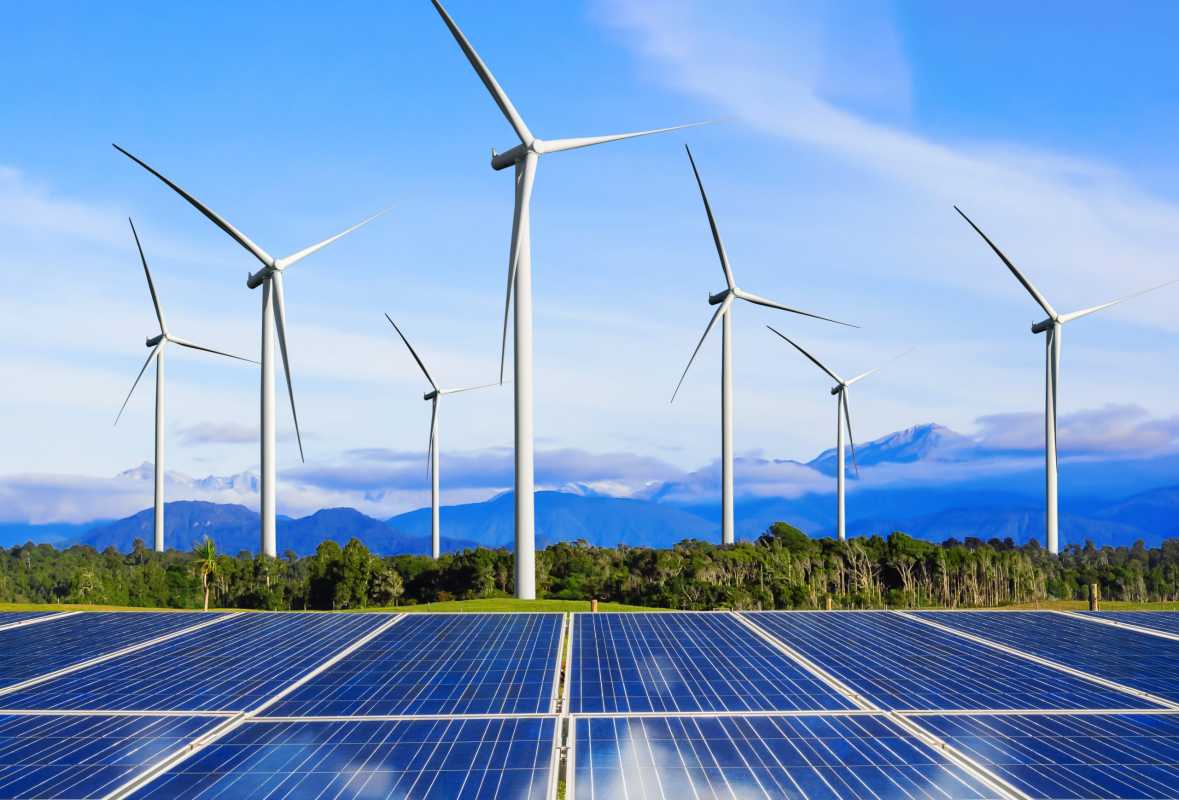Features
The Rise Of Green Energy Solutions

As the world becomes more aware of the environmental challenges we face, there has been a significant increase in the demand for green energy solutions. These solutions, such as solar power, wind turbines, and hydropower, offer a sustainable and clean alternative to traditional fossil fuel-based energy sources. With advancements in technology and increasing affordability, green energy solutions are becoming more accessible and influential in shaping the future of our energy consumption.
The Benefits of Green Energy Solutions
One of the primary benefits of green energy solutions is their positive impact on the environment. Unlike fossil fuels, which release harmful greenhouse gases into the atmosphere, green energy sources produce minimal or no emissions. This reduction in carbon dioxide and other pollutants helps combat climate change and reduces air pollution, leading to improved air quality and overall human health.
Another advantage of green energy solutions is their renewable nature. Unlike finite fossil fuel reserves, renewable energy sources can be replenished naturally and indefinitely. This means that as long as the sun shines, the wind blows, or water flows, we can continue to harness its power for energy generation. This eliminates concerns about resource depletion and price volatility associated with fossil fuels.
In addition to environmental and renewable benefits, green energy solutions contribute to energy independence and security. By diversifying the energy mix and reducing reliance on imported fossil fuels, countries can mitigate the risks associated with fluctuating oil prices and geopolitical tensions. With green energy solutions, nations can tap into their own natural resources and generate power locally, promoting self-sufficiency and resilience in the face of energy disruptions.
Advancements in Solar Power
Solar power has emerged as one of the most promising green energy solutions in recent years. Rapid advancements in solar technology have made it more efficient and cost-effective, making it an attractive option for both residential and commercial use. The installation of solar panels not only allows individuals and businesses to reduce their carbon footprint but also offers long-term savings on electricity bills through reduced dependency on the grid.
Moreover, solar power is highly scalable and can be deployed in various ways. Large-scale solar farms can generate clean energy for entire communities or even entire cities. On a smaller scale, individual homes can install rooftop solar panels to generate electricity for personal use, excess energy can be stored or sold back to the grid, further enhancing the economic benefits of solar power.
Harnessing the Power of Wind Energy
Wind energy is another fast-growing green energy solution. As wind turbines become more efficient and affordable, they are being installed on land and offshore to capture the power of the wind. Wind farms are capable of generating vast amounts of clean, renewable energy, making them an important component of the energy transition.
Wind power has the advantage of being a highly accessible energy source, as wind is abundant in many regions globally. It also has a small land footprint, allowing for the coexistence of wind turbines with other land uses. However, wind energy generation is dependent on favorable wind conditions, making it necessary to strategically choose suitable locations for wind farm installations.
The Role of Hydropower
Hydropower, harnessing the energy from moving water, has long been used as a source of electricity generation. Although it is not a new concept, advancements in hydropower technology have made it more efficient, reliable, and environmentally friendly.
Hydropower comes from various sources, including dams, tidal energy, and run-of-river systems. Large-scale dams can store water and release it in controlled flows, generating consistent levels of electricity. Tidal energy utilizes the natural rise and fall of the tides to generate power, while run-of-river systems utilize the natural flow of rivers and streams to spin turbines.
One of the advantages of hydropower is its ability to store energy, providing a reliable and steady power supply regardless of unpredictable weather conditions. Additionally, hydropower plants have a long operational lifespan, ensuring a sustainable energy source for many years. However, they can have significant environmental impacts, such as altering river ecosystems and affecting fish migration patterns, requiring careful planning and consideration.
Conclusion
The rise of green energy solutions marks a positive shift towards a more sustainable and environmentally friendly future. With the benefits of reduced emissions, renewable resources, and energy independence, green energy is increasingly being recognized as a viable alternative to conventional energy sources. As technology advances and investment in green energy continues to rise, the world is transitioning towards a cleaner and greener energy landscape, paving the way for a more sustainable planet for future generations.










